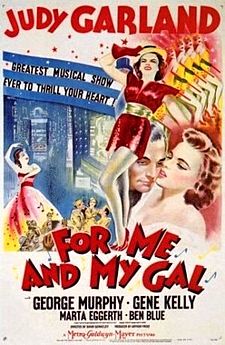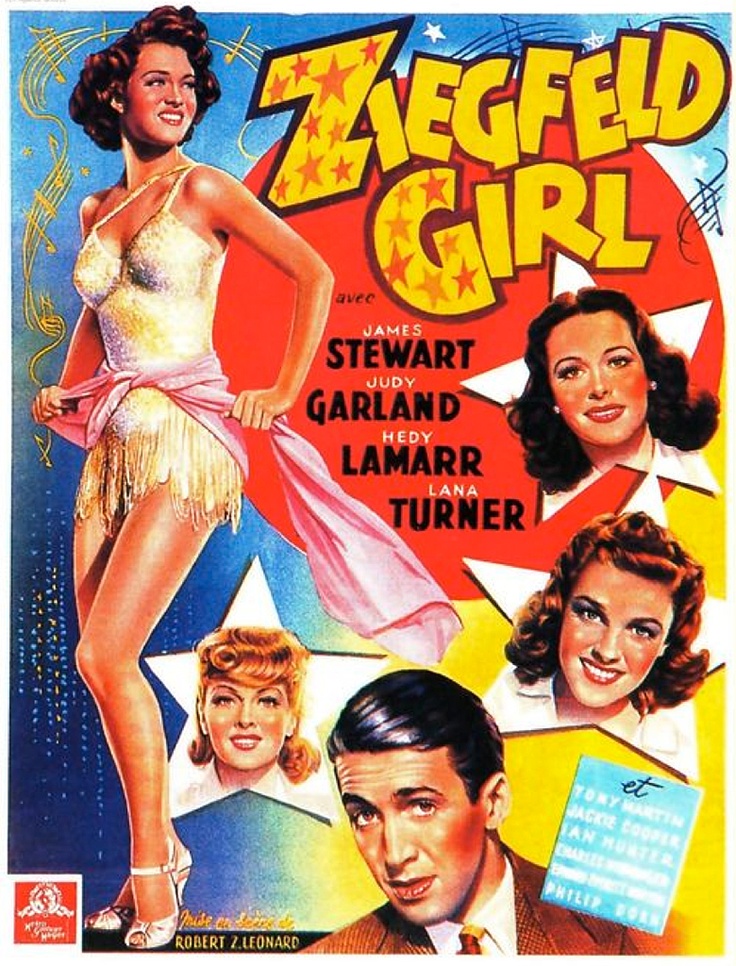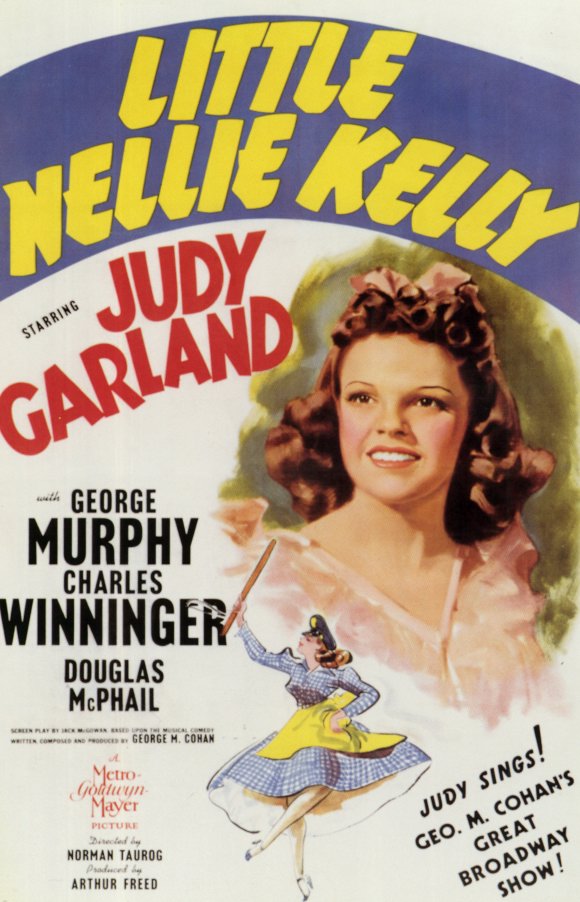Judy by the Numbers: "For Me And My Gal"
 Wednesday, April 27, 2016 at 8:00AM
Wednesday, April 27, 2016 at 8:00AM  Anne Marie is tracking Judy Garland's career through musical numbers...
Anne Marie is tracking Judy Garland's career through musical numbers...
In 1942, Judy Garland met a man who would come to be one of her biggest onscreen costars and supporters at MGM. When he was cast in For Me and My Gal opposite Garland, Gene Kelly was as upstart Broadway star, hot off Pal Joey and trying to make the transition to Hollywood stardom. According to Kelly, Judy Garland eased that transition; she was gracious, she was giving, and she was a consummate professional. Gene Kelly, stage dancer, learned how to perform for the camera by watching Judy Garland.
The Movie: For Me And My Gal (1942)
The Songwriters: Edgar Leslie & E. Ray Goetz (lyrics) and George W. Meyer (music)
The Players: Judy Garland, Gene Kelly, George Murphy directed by Busby Berkeley
The Story: The title number of For Me And My Gal shows off the unique partnership Garland and Kelly shared. The two costars sing at the piano, a staging familiar to Garland fans who'd watched her share a similar scene with Mickey Rooney many times in the past. But Kelly is no Rooney. Where Mickey would mug, Gene floats. Where Mickey would riff, Gene croons. This isn't to say that Kelly can't be funny, but his relationship to Garland is different. Mickey and Judy were a couple of firecracker kids; he gave her zing and she gave him class. Judy and Gene are two contrasting talents; his dancing complements her songs. Each provides where the other is weak, creating a harmonious musical union. It's no wonder than Judy and Gene would go on to share another three movies together.






